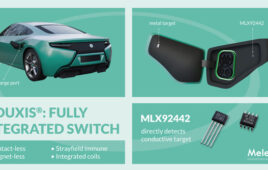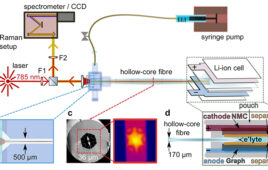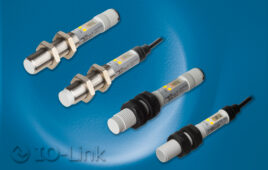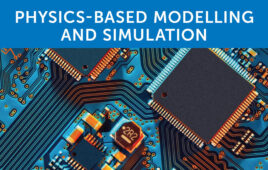Sensor designers are pursuing software-defined (or programmable) sensors for their increased relevance and applications in the Industrial Internet of Things (IIoT). Automobiles are one market segment that can benefit from over-the-air (OTA) update capabilities and automakers have the resources to make significant changes to implement them. OTA updates are one way to future proof vehicles, especially in an advanced driver-assistance system (ADAS).
After spending the last three years creating a solution that fulfills the need of software-defined vehicles, one company will have product availability in 3Q2022. PreAct Technologies’ T30P Flash LiDAR is the industry’s first sensor designed to be software-definable and integrate easily into a complete autonomous driving system stack for automakers. However, it can also solve problems in trucking and robotics applications as well. The flash LiDAR architecture uses modulated waveforms that can be optimized for different applications via over-the-air updates.
Based on continuous wave time of flight (CWToF) technology, the flash LiDAR has sample rates up to 200 fps and integrates with a high-resolution RGB camera. It provides a broad 120° x 80° field of view (FOV) even when operating at full frame rate. Available in a small, low-power package, the sensor’s 200 Hz is fast enough to timely launch an airbag.
According to Paul Drysch, CEO of PreAct Technologies, “PreAct’s goal is to provide OEMs with a sensor platform that enables the OEM to not only future proof their ADAS/sensing capabilities from a technology perspective, but also allows the OEM to provide a multitude of features and services to their customers over the life of the car. This is especially important as EVs are predicted to have a much longer lifespan than ICE-based vehicles.”
The software-defined LiDAR sensor provides Tier 1 suppliers and OEMs the flexibility to package one sensor for multiple use cases – from true curb detection and gesture recognition to self-parking and automatic door actuation. This means they can update the sensors and systems to meet their changing needs as more user and sensor data become available.
Security will be paramount and will involve protection layers from the hardware and firmware in the LiDAR units to the OEM’s cloud platform and then to the end customer.
“It’s no easy task but it’s absolutely critical to the success of software-defined anything,” says Drysch.
Filed Under: Sensor Tips




